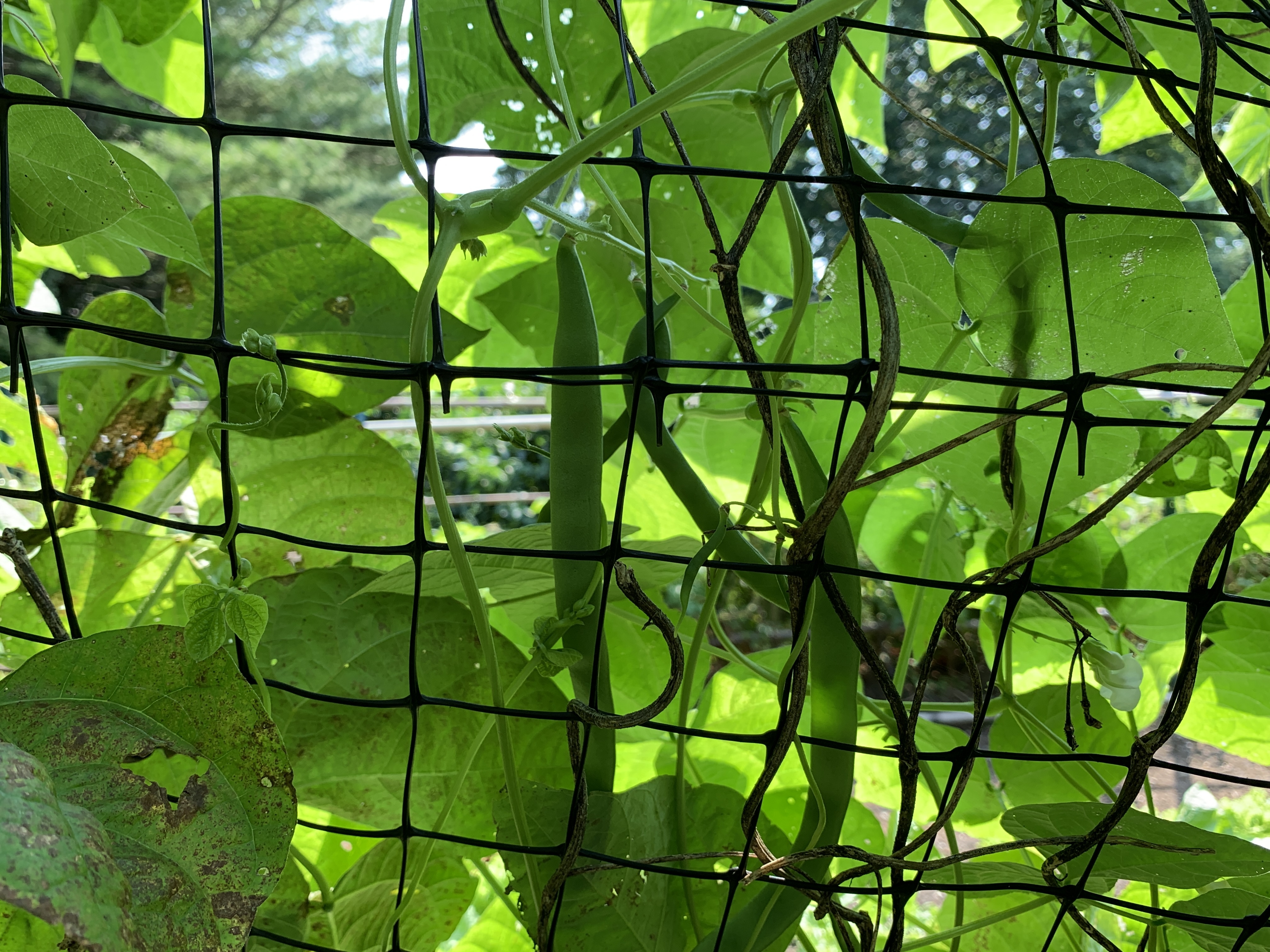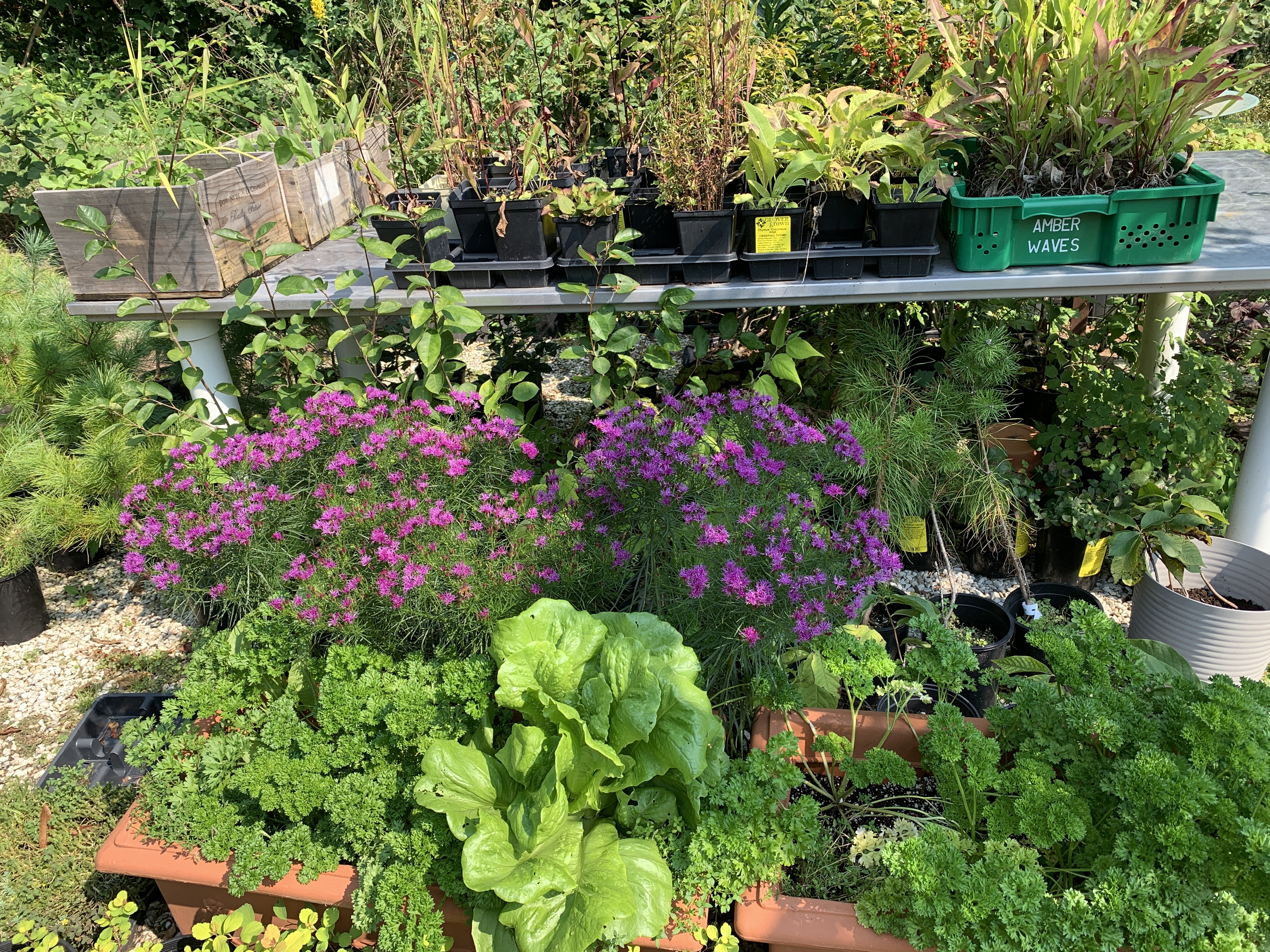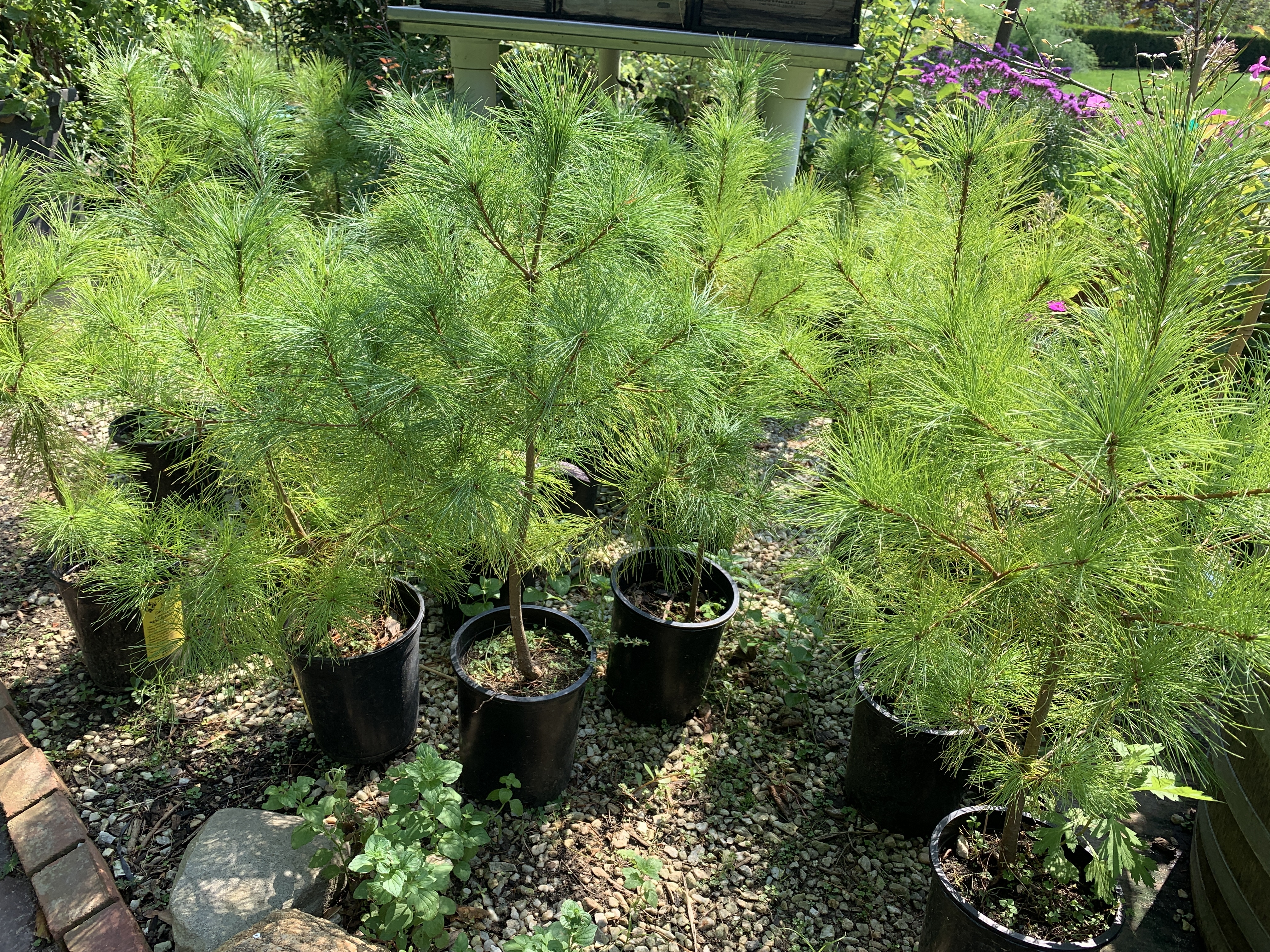Blog
A Note From Rick | Changing Light, Changing Garden
By Kathleen Kennedy, Rick Bogusch
The late season vegetable garden has much to offer.
Even though Labor Day has come and gone, there’s certainly still lots to do in the vegetable garden. We continue to harvest the usual summer crops for the food pantry and those beets and carrots we planted in July are starting to yield. Still maturing are cabbages, lettuces, peppers, broccoli and much more, so harvests will continue into October.
![block.image[0].title](/assets/images/IMG_6392.JPG)
Green peppers are one of many vegetables heading weekly to the food pantry.
One of our most productive crops this summer is pole beans. They replaced snap peas on the garden’s two trellises and have yielded a bushel of beans each picking. Our favorite is Monte Gusto, a stringless yellow pole bean, but we also enjoy the meaty, flat Romano-type beans, too.

Monte Gusto, a stringless yellow pole bean

Meaty, flat Romano-type beans are delicious.
Now is a good time to sow greens like kale, arugula and spinach for fall crops, as well as turnips and radishes. And as I tell you every year, spinach can be overwintered under a frost blanket for cutting in early spring. Arugula, too, I’m told.
![block.image[0].title](/assets/images/IMG_6379.JPG)
Cabbages in the vegetable garden continue to mature prior to harvest.
Because we spend most of our time maintaining the gardens during summer, we don’t get to do a lot of planting after spring until now. September is a good month to plant what’s in your nursery or any bargains you might find at local garden centers this time of year. Most trees, shrubs and perennials transplant well in autumn, developing strong root systems that serve them well the next growing season.

These plants in our nursery will go into the ground soon.

White pine saplings are ready to plant.
We have several native trees and shrubs to get in the ground soon, plus dozens of native wildflowers we grew from seed. Look for new shadbush, hazelnuts, hackberries, winterberries, showy goldenrod, ironweed and mountain mint when you visit next.
September signals changes in the garden, but there’s no better time to enjoy your landscape than now. From changing colors to changing textures, the late summer and early autumn garden has much to offer. Come visit Bridge Gardens and explore the changing season. I hope to see you soon!
~~ Rick

